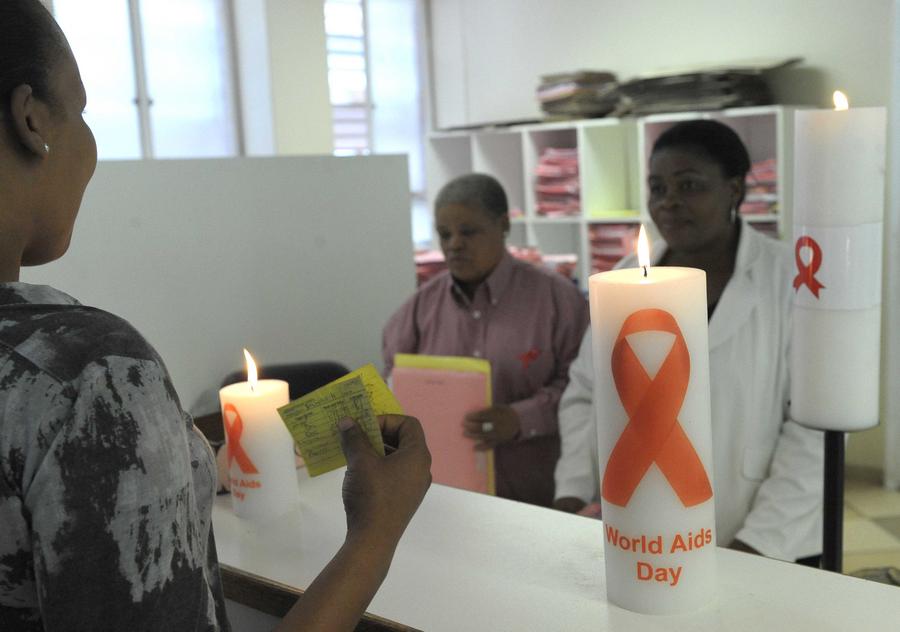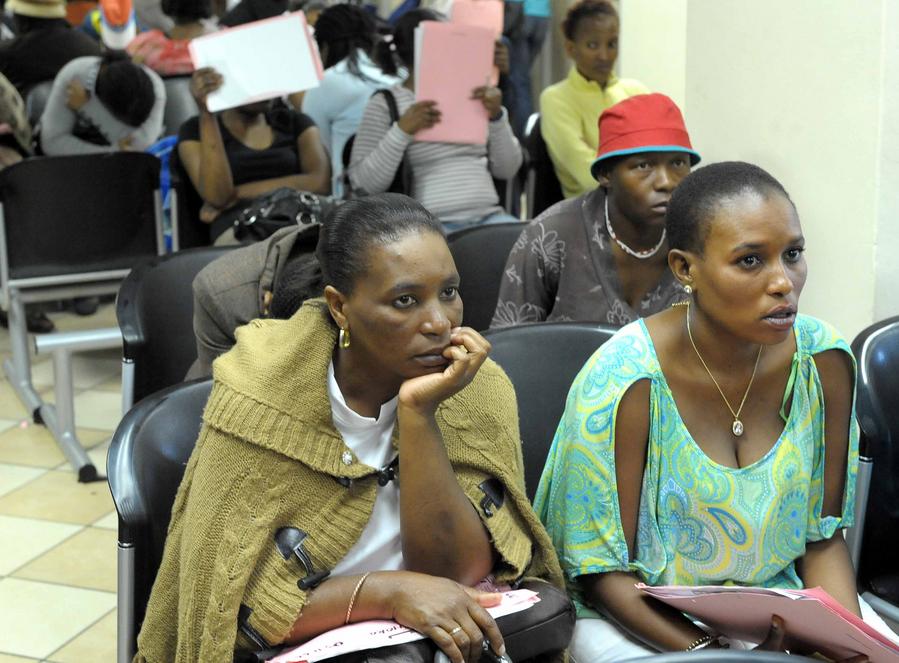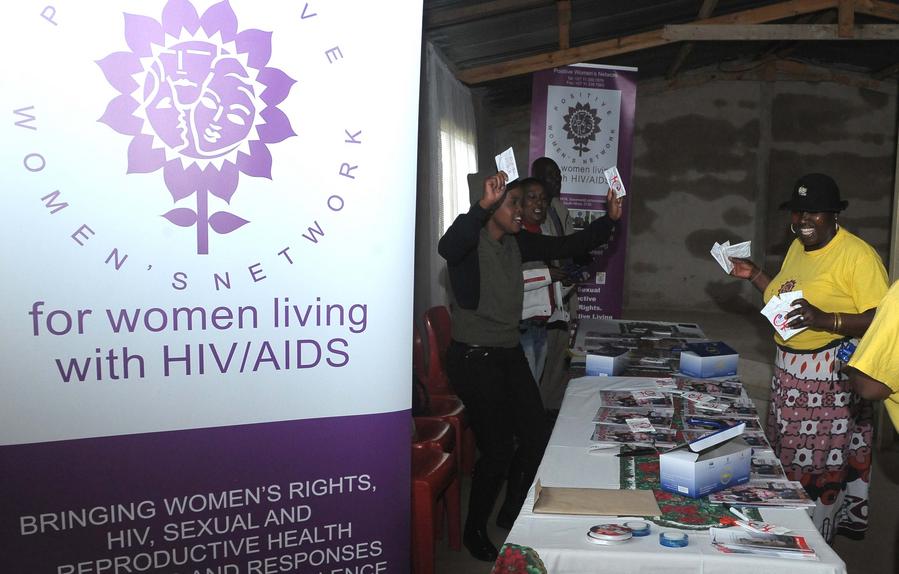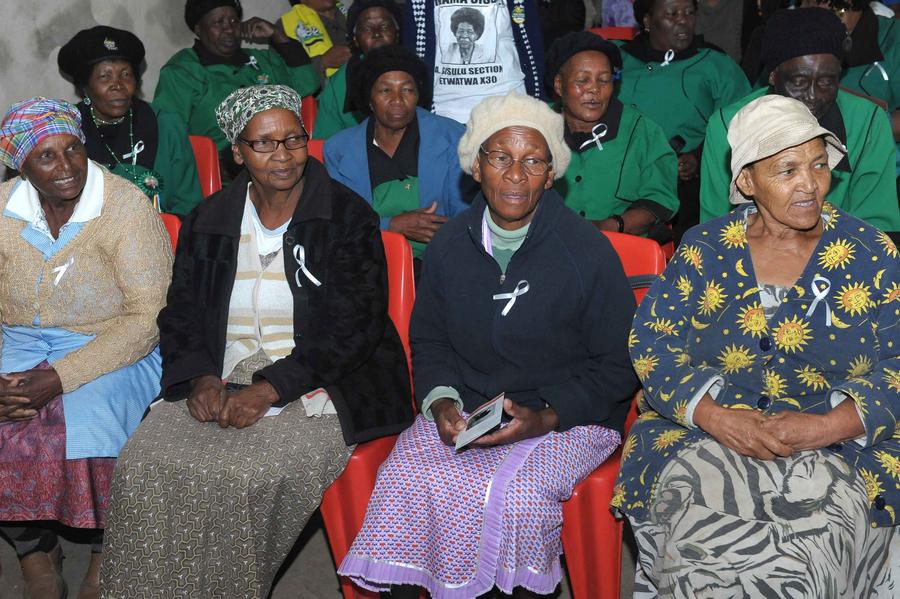
Life expectancy in South Africa rose by almost 13 years in the past two decades thanks to progress made in the country's fight against HIV.
JOHANNESBURG, Aug. 1 (Xinhua) -- Life expectancy in South Africa rose by almost 13 years in the past two decades thanks to progress made in the country's fight against HIV.
According to the Mid-Year Population Estimates report released by Statistics South Africa Tuesday, life expectancy at birth in the country is now 66.5 years, a significant increase from the estimated 53.6 years in 2005. The expanded rollout of life-saving antiretroviral treatment (ART) for HIV is credited as one of the reasons for this remarkable achievement.
South Africa has the highest number of HIV-positive individuals globally. The Tuesday report shows that the estimated overall HIV prevalence rate is approximately 12.7 percent among the country's population.
The total number of people living with HIV (PLHIV) in South Africa is estimated at 8 million in 2024. For adults aged 15 to 49 years, an estimated 16.7 percent of the population is HIV positive.

A total of 5.7 million people, however, are receiving HIV treatment, a testament to the country's efforts in combating the epidemic. According to the report, South Africa has the largest ART program in the world, leading to a reduction in AIDS-related deaths from 284,249 in 2005 (42 percent of all deaths) to 68,406 in 2024 (12.5 percent of all deaths).
In an interview with Xinhua Wednesday, South Africa's National Health Department spokesperson Foster Mohale highlighted the significant progress in the fight against HIV. "We've come a long way, from having just 90 people on treatment in 2004 to millions today," he said.
Mohale attributed the improvement in life expectancy to the drastic reduction in HIV mortality rates. "HIV-related deaths are declining, with an estimated 44,534 deaths in South Africa in 2023. This represents a reduction of over 50 percent compared to the past decade when there were 92,129 AIDS-related deaths."
Anele Yawa, the general secretary of the Treatment Action Campaign (TAC), also shared the sentiments with Xinhua. "Life expectancy was very low before the full rollout of treatment around 2008. People were dying of HIV-related deaths," Yawa noted.

TAC, a South African organization advocating for increased access to AIDS treatment, was instrumental in pushing the government to provide ART to millions of HIV-positive people through litigation.
As South Africa was one of the worst affected African countries by COVID-19, millions of HIV-positive people were less affected due to the anti-HIV treatment.
"ART not only saves people from HIV but also boosts the immune system of immunocompromised individuals, as long as they adhere to treatment," Yawa explained. "If we didn't have millions of people on ART during COVID-19, many more lives could have been lost."
While nearly 6 million people are on treatment, Yawa emphasized the need to initiate the remaining 2 million HIV-positive individuals on treatment to save their lives. He also expressed concern about stock availability and treatment defaulting due to various issues.

Overall, South Africa's progress in combating HIV was commendable, but there was still work to be done to ensure all HIV-positive individuals receive the treatment they need.
In responding to this, Mohale also said that there were just more than 1 million people who required to be initiated on treatment.
"We are cautiously excited that the number of people that are required to be put on treatment has come down from 1.4 million people in March 2023 to an estimated 1.1 million patients in March 2024," he said. "We are working together with our civil society, especially the PLHIV sector, through the Community Led Monitoring Program." ■












